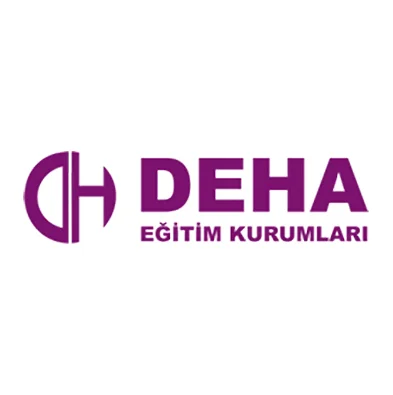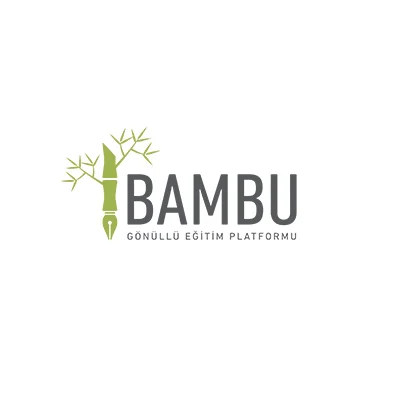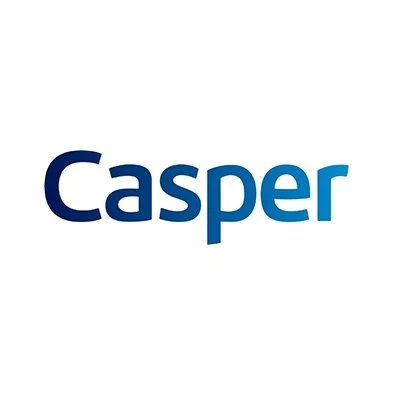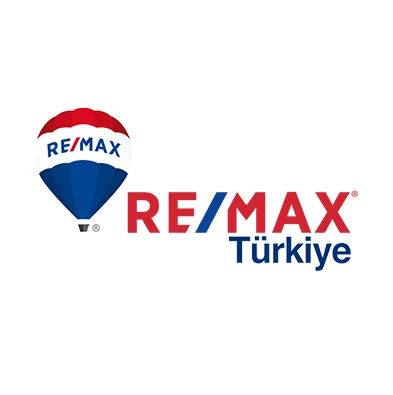The global LMS market’s growth reflects a fundamental shift in how we approach education. It is projected to reach over $70 billion by 2030, driven by the increasing adoption of digital learning, according to a 2024 study by Grand View Research. This.
For many decision-makers in the education industry, picking the right platform can feel like walking a tightrope. No one wants to end up with a clunky system that frustrates teachers and learners, or to spend a fortune on something that doesn’t deliver. The real challenge is finding a tool that truly helps education live up to its promise of changing lives.
Phase 1: Identifying The Main Pain Points
Before you even begin looking at features, the first step is to conduct a user-centric analysis. Tyler Vance, Director of Client Engagement at Funnel Clarity, notes that failing to define clear training objectives and forgetting to focus on the user experience are among the common mistakes. The LMS you choose must work for everyone who will use it, from the youngest student to the busiest administrator.
If you’re in charge of making the call, you probably know the headaches all too well.
- Poor User Experience (UX): A platform that is difficult to navigate leads to low engagement, which undermines your entire investment. If students and teachers can’t easily find what they need, the system will fall flat.
- Lack of Integration: Siloed data creates unnecessary work. Hubken Group states that an LMS that doesn’t seamlessly integrate with existing systems, such as student information systems (SIS) or communication platforms, forces inefficient workarounds and creates inaccurate reporting.
- Limited Customization and Scalability: Your school isn’t standing still, and neither are your needs. If you lock yourself into a platform that can’t flex with your curriculum, branding, or a growing student body, you’ll end up paying for it later.
We created Vedubox to take the stress out of digital learning. Its easy-to-use design means everyone can jump right in, and you can make it your own by tailoring everything from the logo to the colors. It’s built to grow with you, so you’re set for the long haul.
Phase 2: The Data-informed Evaluation Framework
So how do you know if an LMS is really working for you? The answer lies in the numbers. By tracking a few key metrics, you can see at a glance whether your platform is living up to its promise.
- Engagement and Adoption Rates: Are people actually using the platform? Keep an eye on how often they log in, how much time they spend learning, and whether they’re joining in on discussions. If students aren’t showing up or getting involved, even the best-designed courses won’t make a difference.
- Course Completion Rates: Next, look at who’s crossing the finish line. Are students completing their courses, or dropping out halfway? If too many are falling behind, it’s a sign that something needs fixing — maybe the content, the platform, or the way it’s all put together.
- Knowledge Retention and Performance: But finishing a course isn’t the whole story. The real question is: are students actually learning? Take a close look at quiz scores and assessments to see what’s sinking in and whether students are making real progress.
Vedubox makes it easy to keep tabs on all these numbers. Its real-time dashboards let you see how students and teachers are doing, spot any trouble spots, and figure out where to make improvements.
Phase 3: Essential Features for Success
But numbers aren’t everything. The right platform should feel like a complete toolkit, not just a place to upload lessons. Look for features that make teaching and learning easier, more engaging, and more connected.
- Intuitive Content Management: If you can’t quickly whip up, organize, and upload all kinds of content — PDFs, videos, interactive modules, or even live sessions — you’re missing the point. A solid LMS makes it effortless to handle any format you throw at it.
- Efficient Assessment Tools: Find a platform that lets you mix things up with all kinds of quizzes and tests and makes tracking student progress a breeze.
- Interactive Communication & Collaboration: Building a sense of community matters, even online. Features like discussion boards, messaging, and virtual classrooms help students and teachers stay connected.
- Gamification: A little friendly competition pushes participants to self-motivate and self-discipline. Badges, points, and leaderboards can turn learning into a game, keeping students motivated and eager to participate.
- Mobile Compatibility: Nowadays, learning extends beyond classrooms and traditional devices. A platform that works smoothly on phones and tablets means students can keep up with their courses from anywhere.
Vedubox excels in these areas. It offers dynamic features like interactive videos where you can add questions to specific minutes of the content, a dynamic training calendar, and cloud-based video conferencing that can host up to 10,000 participants. The platform also supports gamification elements, such as badges and leaderboards, to boost student motivation.
Choosing the right LMS for your school is about making a strategic, data-informed investment in your institution’s future. By using a framework that prioritizes user needs, objective KPIs, and essential features, you can make a confident decision that will empower teachers and students for years to come. As the great philosopher Brian Tracy stated, “Continuous learning is the minimum requirement for success in any field.” The right LMS ensures this is possible for everyone.
To learn more and see how Vedubox aligns with your institution’s specific needs and evaluation criteria, we invite you to explore a live demo.




















